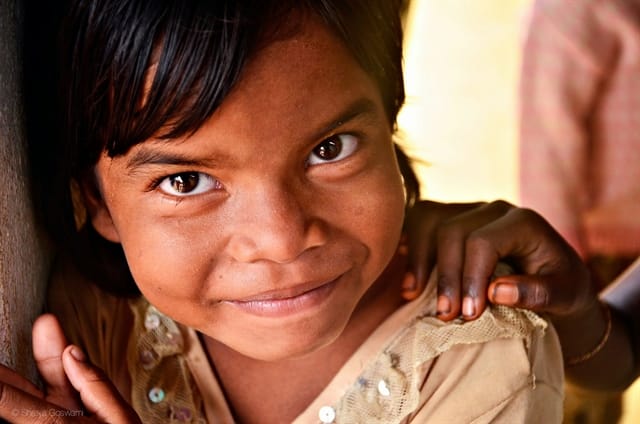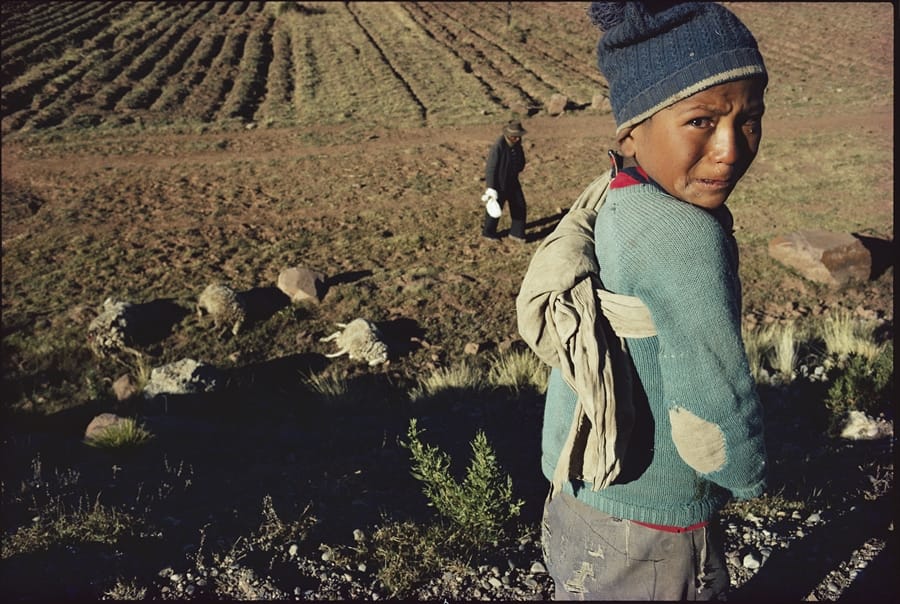Guest writer Margo McAlear reflects upon her experience teaching high school students about effective giving. Here she discusses the Giving Game that she organized for her AP US History unit on altruism.
By Margo McAlear
Peter Singer has loomed large in my life. As a high school history teacher, philosophy and psychology have informed my worldviews about other cultures and time periods. No other philosopher has done more to prick my conscience, inspiring me to become a better person, and as a result a better teacher, than Peter Singer.
For the past six years, my 12th grade AP World History students have been introduced to Singer through his 1974 article “All Animals are Equal” in the framework of the growth of natural rights since the Enlightenment. Later in the course, they read Singer's “Famine, Affluence, and Morality” and recently watched his 2013 Ted Talk on “The Why and How of Effective Altruism” when we discussed poverty, population, and the environment as an outgrowth of the Industrial Revolution. As students in an affluent independent school in Indiana, they are used to spirited debate and discussion, but like many of us, their comfort level drops dramatically when readings and peer questioning emphasize that ethical thought must lead to deliberative action if we are to live lives of integrity. This past March, when they learned that I had signed up for a Princeton massive open online course (MOOC) with Peter Singer called Practical Ethics, they were curious and asked for frequent updates. A student called out, “Make sure you check to see that his shoes are not made from leather!” Oh my.
As this MOOC unfolded, I followed as many of the units as I could, but there was one in particular that deeply engaged me: the Altruism unit where we watched videos of people who were devoting a substantive portion of their lives and money to ending poverty. The fascinating part of the MOOC at this point was a “Giving Game,” where The Life You Can Save provided $10,000 and over 600 students enrolled in the course researched four different charities, looking at their impact and how effectively each organization could use the money to help the poor. Then we were to vote for which one should get the money. The wheels began turning and I knew I had to replicate this wonderful game, albeit modified. I decided to do my own version of the Giving Game, offering a personal contribution of $1000 and tying it back to earlier discussions in my class.

Image credit: Laura Gamse
My teaching philosophy is that few changes occur in people without some degree of cognitive dissonance. I knew the students were tired at the end of the year, but wanted to offer them the same learning opportunity and engagement that the Giving Game had produced in me, as well as a chance to “own” a way of giving that might have life long implications. First we watched The Life You Can Save in 3 minutes, where the consensus was that this was an extremely powerful video, and then I introduced the challenge, i.e. choosing three of the same charities that the MOOC had highlighted (Give Directly, Population Services International, and Cool Earth, but also adding in the Nonhuman Rights Project as a fourth since we had studied animal rights earlier in the year. The students researched all the charities and how effectively the money would be used by each organization. Each student then wrote a paper justifying why the cause he or she chose should get the $1000, and why that choice would be the best avenue for effective altruism. The $1000 would then be divided and donated in proportion to the votes.
After choosing the best papers in defense of each of the charities, I had all students read these four and vote for the student paper they thought most persuasive; I donated an extra amount of money to that person’s cause. By the end of the ‘experiment’, the students were talking about effective giving at lunch and in the halls, as well as online, debating the root causes of problems as well as which charities were most successful in addressing them.
“…. The broad span of people affected by Population Services International further persuaded my decision…. Just picture a small chain reaction as follows: improved health → balanced populations →ability to work increases → economy increases → education increases → more adept leaders globally to deal with pressing issues effectively → potential future peace of mind?”
Excerpt from a student paper
Teachers in other classes had heard about the project as well. They were intrigued, but also skeptical, saying, “Well who wouldn’t be happy about spending someone else’s money?” Yet this is actually one of the benefits of this project. If students had put in their own money, they would have fiercely defended their choice in discussion with others in order to reduce any cognitive dissonance. By choosing a charity funded by someone else, they had a greater chance of thinking it through more rationally, and hopefully will use this same approach later when they contribute their own money to a cause. The Giving Game kept gnawing questions alive, but also moved it into the realm of which ‘good’ had a better chance of actually helping those who needed it the most.
In the end, a number of students wanted to contribute their own money after researching the charities. As this requires more thought and will have to involve school administrators, I told them they certainly could, but at this point in time it had to take place outside the class project until school administrators were consulted. Certainly what most of the students gained was a heightened sense of responsibility and awareness of careful research. I also learned that for many of my students, environmental challenges and climate change loom as problems larger than poverty, though of course these issues are interrelated in many ways. I look forward to working with The Life You Can Save to build on our success and run another Giving Game next year.



